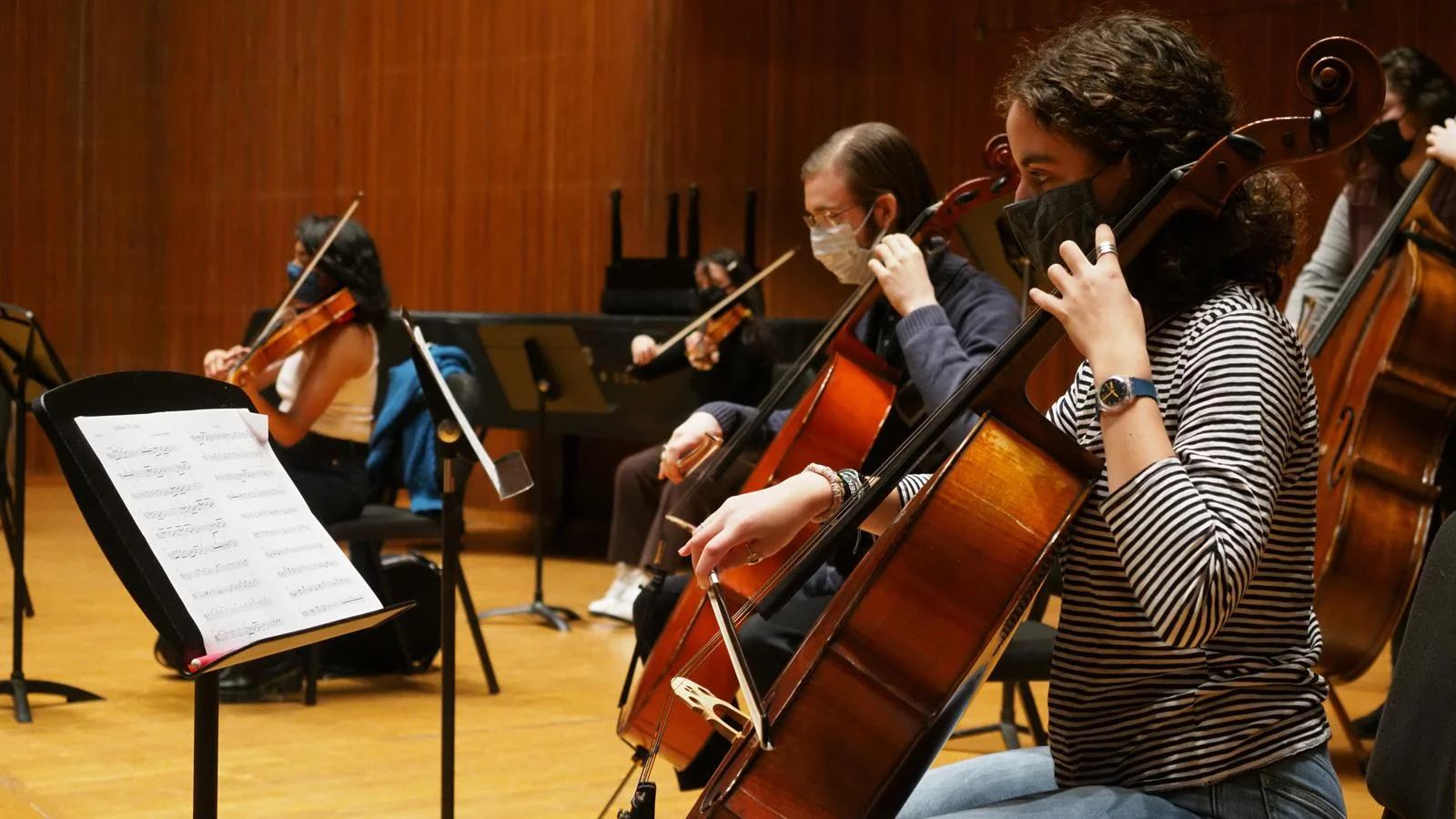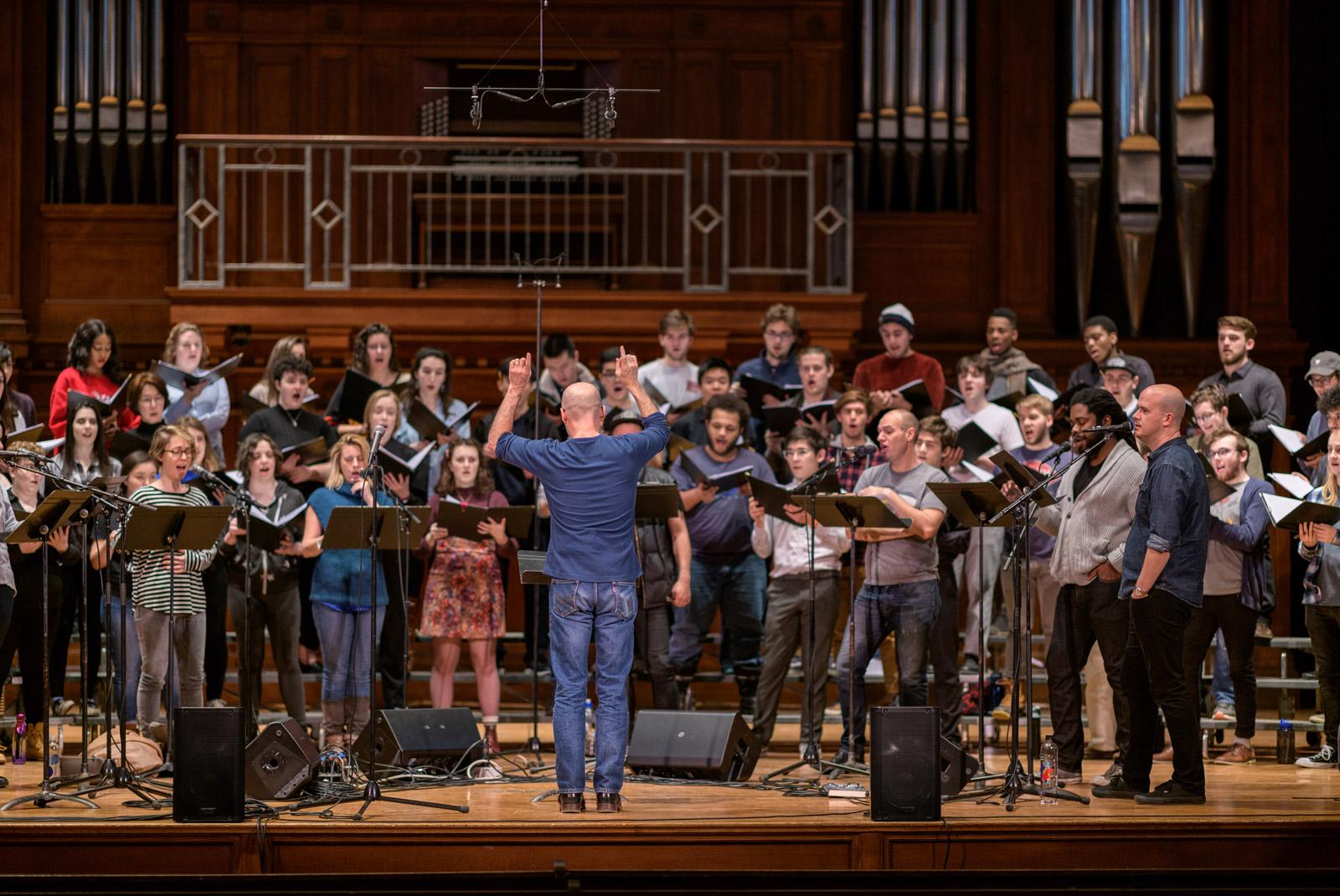
Music Opportunities in the College of Arts & Sciences
When you combine music and the broader liberal arts, amazing things can happen.
Rehearsal of the Oberlin College Choir.
Photo credit: Yevhen Gulenko
Taking Classes in the Conservatory
You can be a serious musician in the College of Arts and Sciences. In a typical semester, more than 300 arts and sciences students enroll for credit in conservatory classes. Many of these classes are open to all students; while some, such as music theory and aural skills, require a placement test.
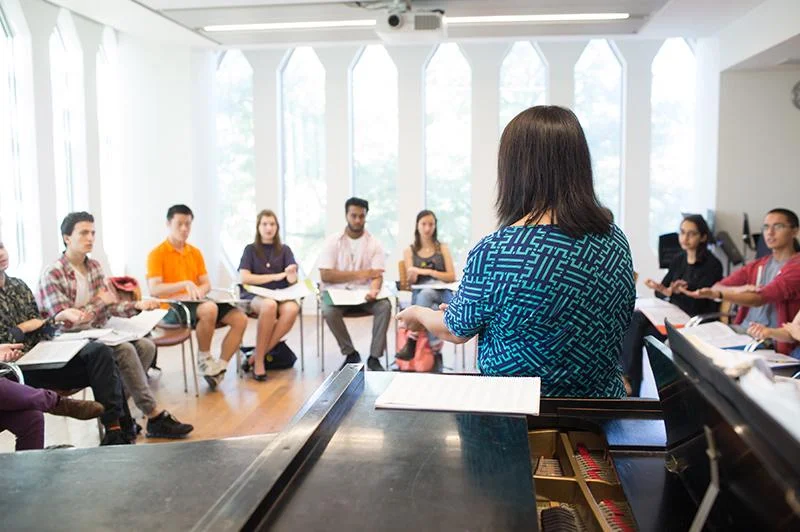
Associate Professor of Music Theory Jan Miyake teaches a class in iconic Bibbins Hall.
Photo credit: Tanya Rosen-Jones ’97
Sample Conservatory Classes
Musicology
- Intro to Western Art Music
- Intro to Musics of the World
- Intro to African-American Music
- Intro to Ethnomusicology
- Music As Social Life
Topics in Music
- Pop Music and Media
- Practicing Music Criticism
- Philosophy of Music
- Intro to Entrepreneurship
- Arts Behind Bars
Theory
- Internalizing Rhythms
- Music Theory
- Aural Skills
- Jazz Aural Skills
- Analysis of World Music
Practice
- Voice Class for Non-Majors
- Piano Class for Non-Majors
- Beginning Improvisation
- Historical Performance: Gamba class, Baroque violin class
- Composition for Non-Majors
- Intro to Technology in Music & Related Arts
Music-Related Courses in the College of Arts and Sciences
At Oberlin, you can approach the study of music from almost any direction. Here are a few you can try:
Oberlin Bloggers on Music
An ode to student recitals
Yuhki Ueda ’24

When it comes to recitals, Yuhki has done it all.
3 new musical adventures for the month of February
Marcus Jensen ’27

The Predatory Wasp of the Palisades, Fugue in G Minor, and Gamelansemble.
Cowbell solos with the Contemporary Music Ensemble
Jonathan Lucke '25

“Wearing many hats” sometimes involves 9 types of cowbell.
Music All Around Us
Extraordinary Performers
You might already know about the incredible number of concerts on campus: faculty performances, student recitals, ensemble concerts, and visiting artists like opera superstar Joyce DiDonato, jazz legend Terence Blanchard, and Grammy-winning Apollo’s Fire. But did you know that the Office of Student Leadership and Involvement and other groups also bring performers to campus?
Recent performers include Lizzo, Maxo Kream & UNiiQU3, Snail Mail, Haley Heynderickx, Ari Lennox, Madison McFerrin, Mwenso & the Shakes, and Lucki.
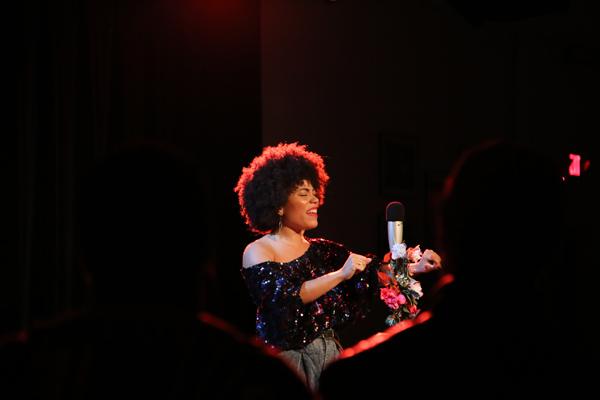
Brooklyn-based singer/songwriter Madison McFerrin at the Cat in the Cream.
Photo credit: Audrey Tran ’22
Gear and Spaces
Before you start rehearsing for Battle of the Bands at the ’Sco, you should check out the Gear Co-op in Wilder 404. This student-run organization aims to provide the space, equipment, and educational resources needed to allow anyone to practice, perform, and record whatever they please.
If all you really need is a quiet space with good acoustics and perhaps a Steinway piano, any Oberlin student can use the practice rooms in the Conservatory – you don't need permission or a key.
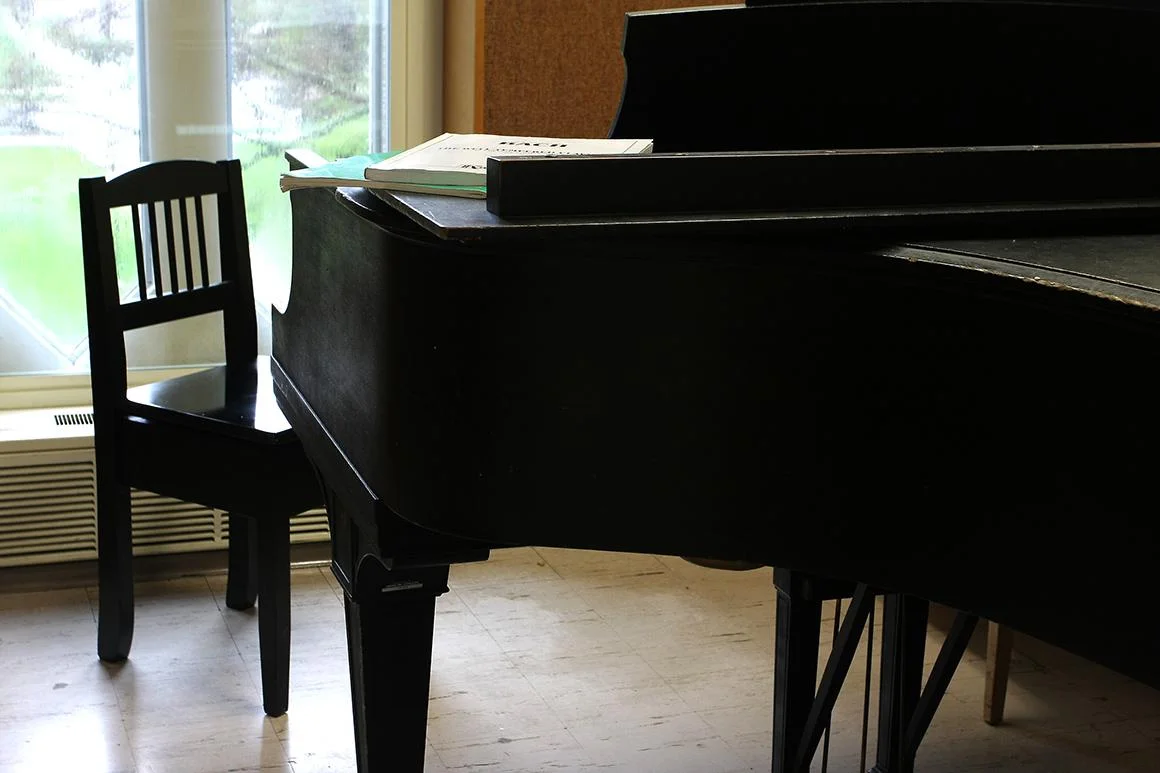
A practice room in the Conservatory’s Bibbins Hall.
Photo credit: William Rieter
Collaboration plays a fundamental role in the community’s constant appetite for great art. This inclusivity is indicative of the communal Oberlin personality that makes it such an incredible place.
Charles Abbott ’14, on Oberlin’s inclusive music scene
After Oberlin: Alumni in Music
As with most fields, Oberlin alumni—from both the college and the conservatory—have done great things in the music business. Performers such as Josh Ritter, Liz Phair, Rhiannon Giddens, Karen O, Chris Eldridge, Beach House, and Deerhoof once called Oberlin home.
What's more, many of them like to come back and perform.
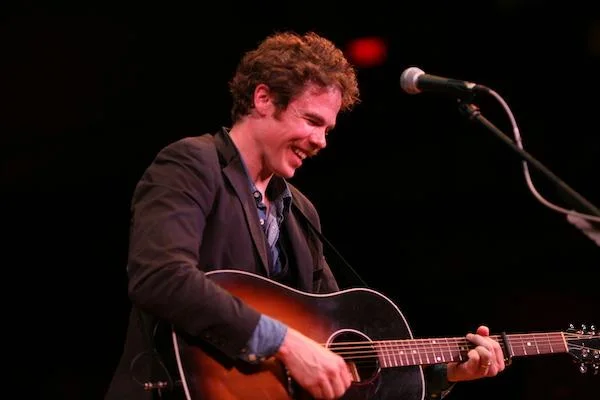
Josh Ritter '99 in Finney.
Photo credit: John Seyfried
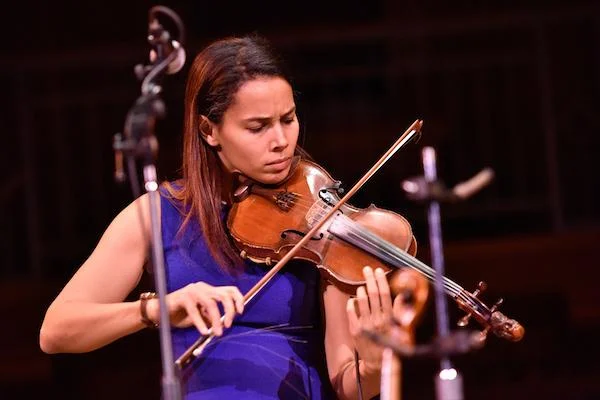
Rhiannon Giddens ’00 at Finney.
Photo credit: Yevhen Gulenko
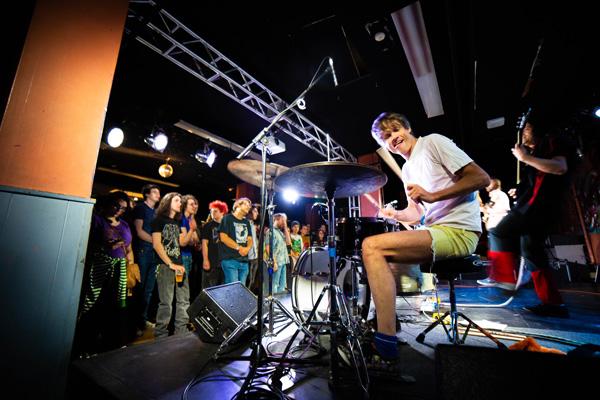
Greg Saunier ’91 of Deerhoof at the ’Sco.
Photo credit: Chris Schmucki ’22
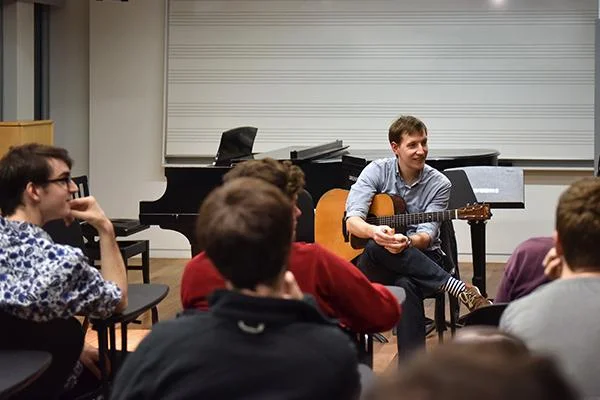
Chris Eldridge ’04 of Punch Brothers teaches a master class.
Photo credit: Yevhen Gulenko
Learn More about Music at Oberlin
If you love music and want to embrace it as part of a liberal arts education, there is no better place to be. Come to Oberlin.
